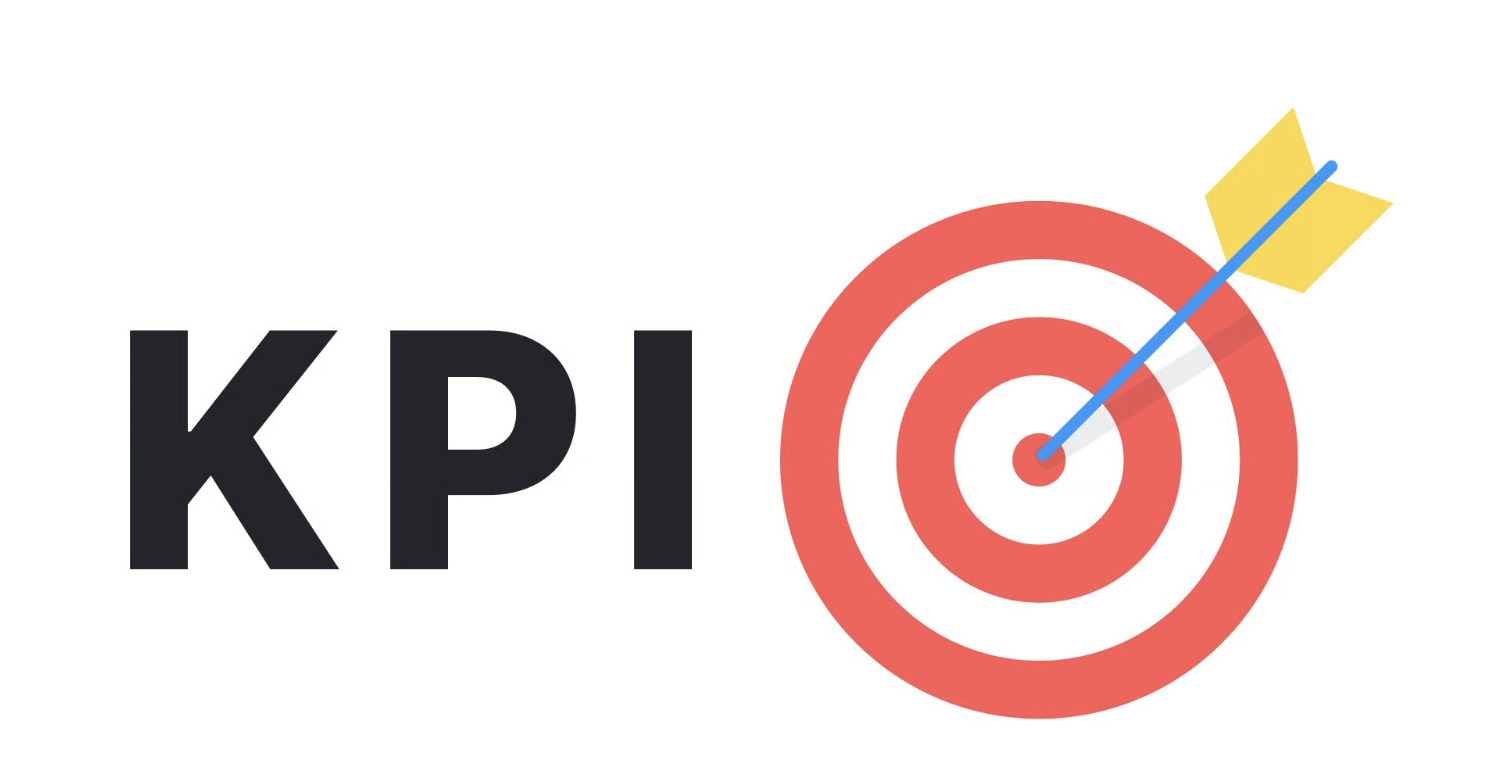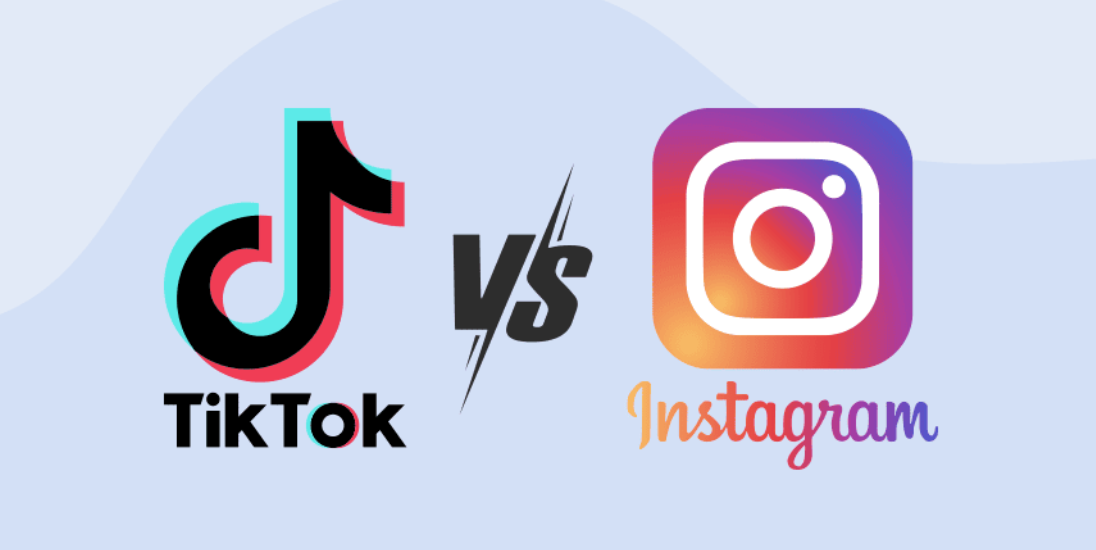The creator economy has stopped being a curiosity and started being a growth channel. For business owners, digital marketing agencies and D2C founders the question is no longer whether creators can drive awareness. The real question is how creators become full funnel partners who deliver discovery, consideration and conversion with measurable outcomes. Full funnel creator partnerships are about moving from ephemeral 24 hour hype cycles to durable, searchable assets that improve brand recall, drive spontaneous purchases and lift long term revenue. This article analyses the shift, explains the metrics and structures that make it work and gives practical guidance for scaling creator programs across markets including Europe.
Why creators now belong across the funnel
At first creators were used mainly for reach. Brands handed over a short lived megaphone and hoped for impressions. Today that dynamic has reversed. Brands are giving creators mic time and creative permission so creators can be active collaborators in production, not just campaign participants. The outcome changes everything. When creators are briefed to educate, review, demonstrate and retain attention their content lasts longer and prompts deeper consumer behaviour. That content becomes discoverable in search and social, and it fuels research driven journeys where consumers move from curiosity to purchase intent.
Real world examples illustrate the point. In one public account of a creator led campaign at scale creators not only delivered huge social reach. They generated measurable lifts in purchase behaviour, ad recall and return on ad spend. Those outcomes show creators can be effective sales drivers when given appropriate brief, budget and attribution. What changed is consumer behaviour. Many purchase signals from creator content are spontaneous. People see something from a creator, click, and buy in the moment. That spontaneity sits alongside another behaviour trend where a creator sparks category interest and the consumer then researches brands and product variants. When creators trigger category exploration the brand that earns attention in the research phase often wins the sale.

How to think about creator impact end to end
To capture the full value of creators you must expand the measurement lens beyond reach. Think of creators as a set of tools that can generate three kinds of value. The first is discovery value. That is exposure, social proof and early interest. The second is consideration value. That is the curiosity a creator sparks that prompts searches, reviews and comparisons. The third is conversion value. That is direct purchases, trackable via coupon codes, affiliate links, retail integrations or platform native shopping experiences. Top performing programs deliver all three.
This means planning creator partnerships around a clear funnel and assigning the right creator type to the right stage. Macro creators can deliver discovery at scale. Micro creators often deliver better consideration because of their niche relevance and trusted voice. Nano creators bring authenticity and can spark spontaneous purchases. Successful programs stitch these types together and use measurement to prove contribution to each funnel stage.
Measurement and measurement discipline
One of the biggest hurdles for brands is measurement overload. Many teams track dozens of metrics across different divisions. That creates confusion and slows decision making. The practical advice from modern playbooks is to focus. Start with a narrow set of KPIs that tie directly to the business case. For a D2C brand those KPIs might be conversion rate on creator traffic, revenue per creator or incremental lift in branded searches. For an agency the focus may be to demonstrate ROAS per campaign or cost per acquisition for creator driven sales.
Reducing the metric set helps remove friction and clarifies what success looks like. It also makes cross functional alignment easier. When creative, media and analytics teams agree on three or four core metrics you can move faster from hypothesis to learning to scale.

Attribution methods that work
Attribution in creator programs is nuanced. True multi touch attribution is ideal but often expensive. Practical attribution strategies combine direct tracking and proxy measures. Use trackable links, UTM parameters, discount codes and platform shopping integrations to capture direct conversions. Pair those direct measures with uplift analysis such as test and control cohorts or geo split tests. Internal traffic lifts, branded search increases and retention differences among audiences exposed to creator content provide proxy evidence of contribution.
AI tools can help here in two ways. First AI can synthesise large sets of signals and surface the most likely conversion paths. Second AI can create synthetic audiences for pre testing creative and reduce risk before full launch. That predictive element is useful but not a substitute for transparent creator reporting and human judgement. Use AI for scale and safety while keeping humans responsible for creative and relationship decisions. For enterprise and European deployments make sure any AI driven modelling is compliant with privacy rules and local data practices.
Creative strategy that focuses on longevity
Longevity is emerging as the new form of reach. Rather than chasing the single viral hit brands are investing in creator content that performs over time. That content is searchable, repurposable and integrated into other channels. A creator review that ends up ranking in search results or is repurposed into paid social can generate value weeks or months after publication. That approach requires an editorial mindset. Ask yourself whether each creator brief produces an asset you can reuse in search landing pages, product pages and email funnels. If the answer is yes you are building durable business assets not disposable posts.
Lowering risk and scaling responsibly
Scaling creator programmes introduces two concurrent risks. The first is brand suitability. Not all creators match brand values or audience expectations. The second is operational complexity. Hiring, contracting, approving, paying and tracking large creator cohorts is manual without systems. The solution is a combination of process and tooling. Use clear brief templates, straightforward contractual terms and standard creative guard rails for every launch. Combine those workflows with a platform that centralises discovery, contracts and analytics so an agency or brand team can operate at scale.
When scaling across geographies such as Europe, localisation matters. Creators must fit local language and cultural expectations. Payment flows and compliance like GDPR must be handled locally. Platforms and agency partners with European operations help reduce friction. That way you scale with cultural nuance rather than forcing one playbook everywhere.

Practical steps to start or upgrade your program
If you are building a creator program or want to upgrade your current approach start with a compact pilot. Define three core metrics that map to your business goal. Map creator types to funnel stages and recruit a small cohort that covers discovery, consideration and conversion. Use one clear attribution mechanism per campaign to reduce noise. After initial runs, perform an uplift analysis and identify the creators or creative formats that correlate with conversion. Then build a plan to scale the formats and creators that prove out across markets.
For agencies the pilot should be replicable across clients with a templated brief and reporting dashboard. For D2C founders the pilot should be tied directly to immediate revenue outcomes so you can make a quick decide to invest more.
FAQ
Will creator content cannibalise paid ads? Not if you design integrations. Treat creator content as both earned social and paid media fodder. Repurpose high performing creator assets into paid channels and use creators to seed audiences that amplify paid performance.
How many metrics are too many? If you cannot explain the business implication of a metric in one sentence it is probably noise. Aim for three to four core metrics per program.
Do micro creators really scale? Yes. Niche audiences often mean higher relevance and better conversion rates. When combined across many micro creators the aggregated scale can rival a few macro placements with stronger purchase intent.
How to protect brand safety? Pre vet creators on audience overlap and past content. Use contractual clauses for harmful content and have a crisis plan. AI enabled pre tests can also flag risky creative early.
Creators are no longer a novelty. When treated as full funnel partners they become engines of discovery, consideration and conversion. The path forward for business owners, agencies and D2C founders is to plan for creator programs as systemised growth channels. Define a small set of funnel KPIs, test with a compact pilot, invest in the right workflows and tools, and scale thoughtfully with localisation for Europe or any other market. If you are ready to move creators from short lived hype to measurable value start by mapping your funnel and running a two to three creator pilot focused on conversion. Measure, optimise and then expand. The potential is clear. The way to unlock it is pragmatic work plus disciplined measurement.
If you want, we can create a ready to deploy pilot brief, suggested contract clauses and a simple dashboard you can use to track your three core KPIs across markets.
About Avalan
Automatic tracking of posts, Stories, Reels and TikToks saves you time and ensures you always know what’s live. Collaboration, content approval and performance dashboards are all handled in one place - no more spreadsheets or scattered workflows.
Whether you're a D2C brand scaling campaigns, a B2B marketer building trust, or an agency managing multiple clients, Avalan gives you smart tools to run smarter influencer programs, faster and with confidence..




.webp)


.svg)
